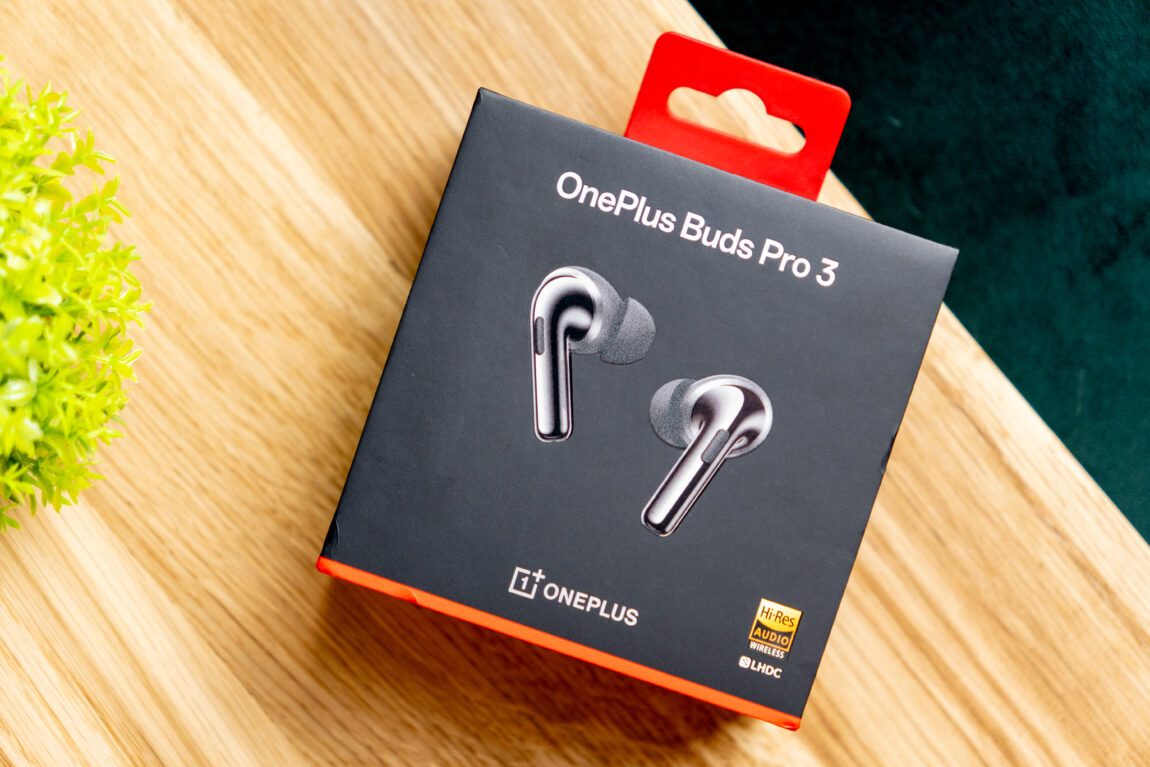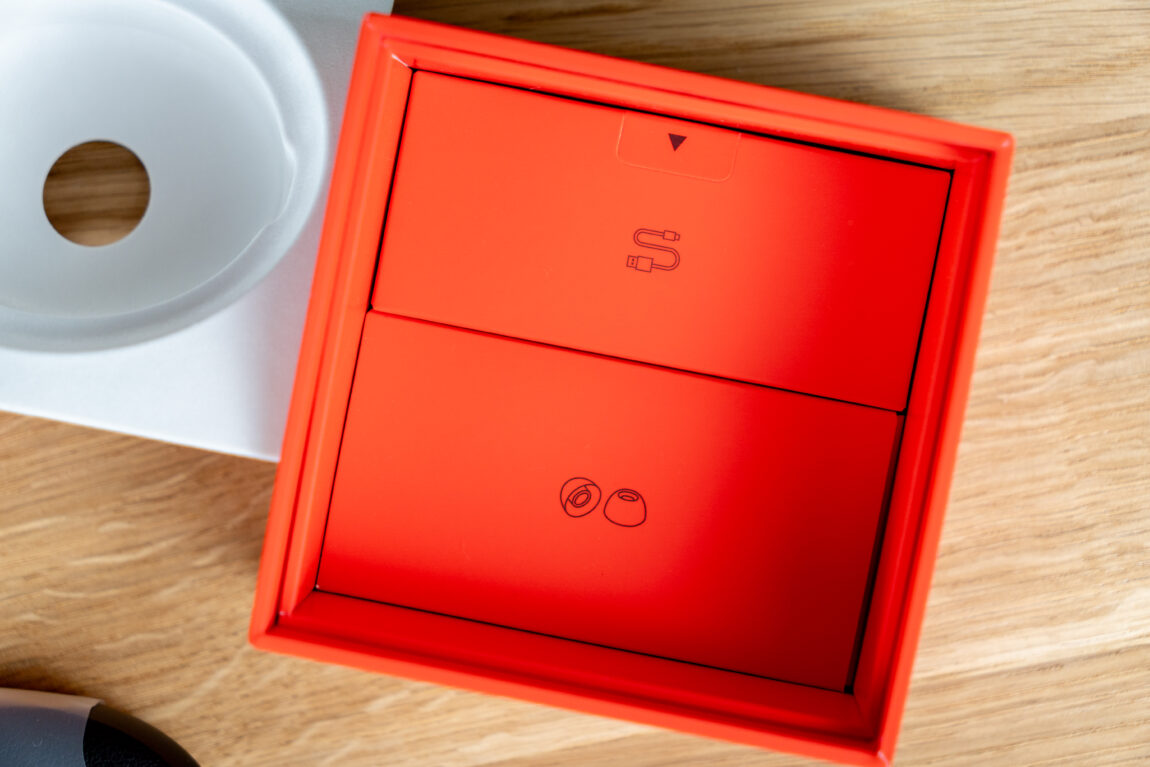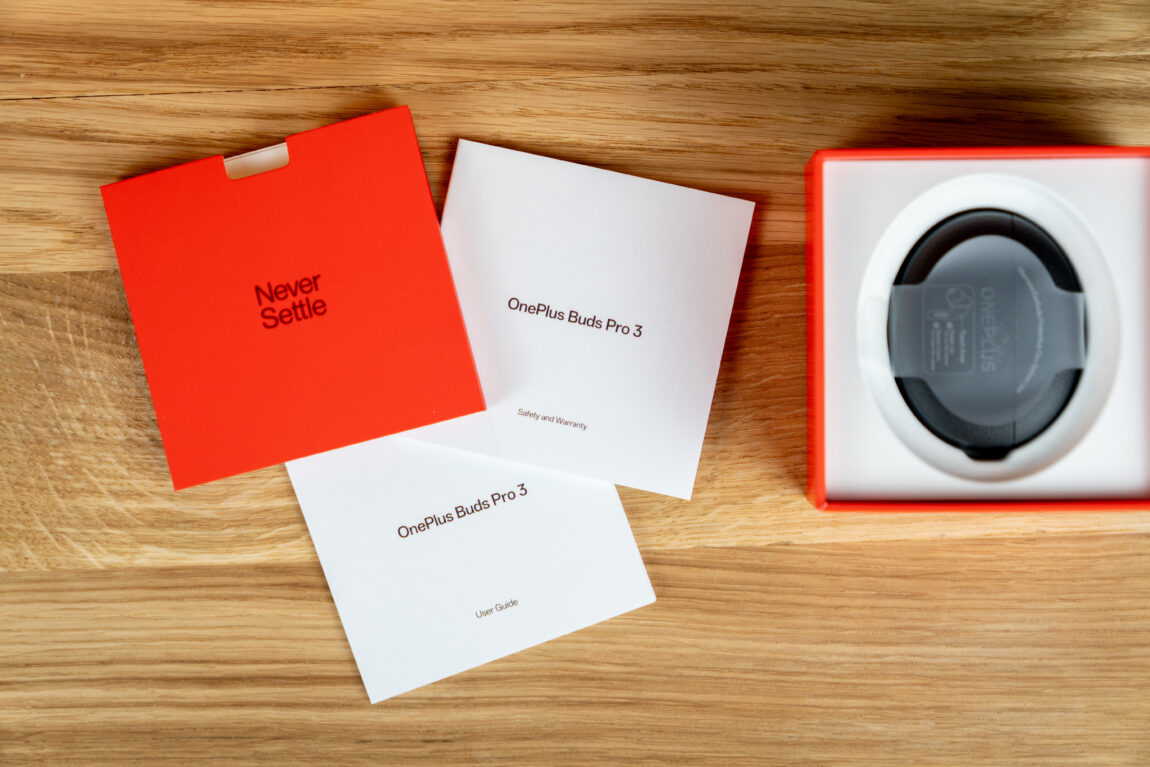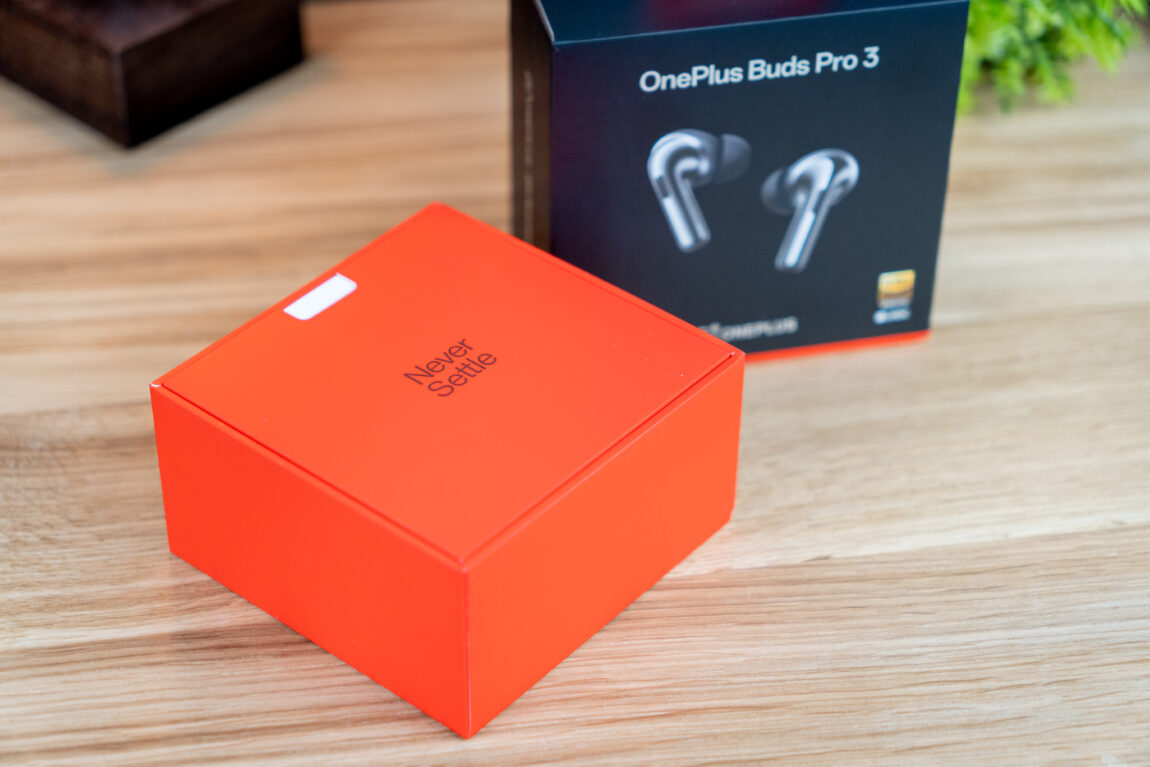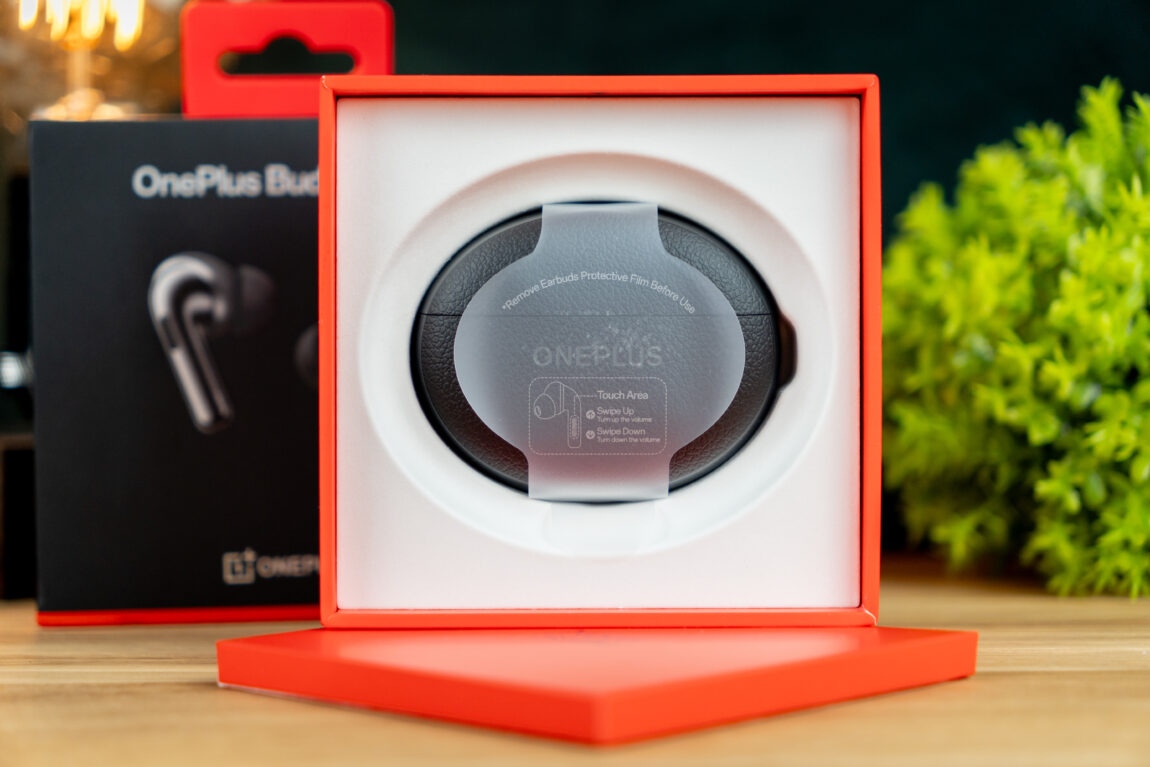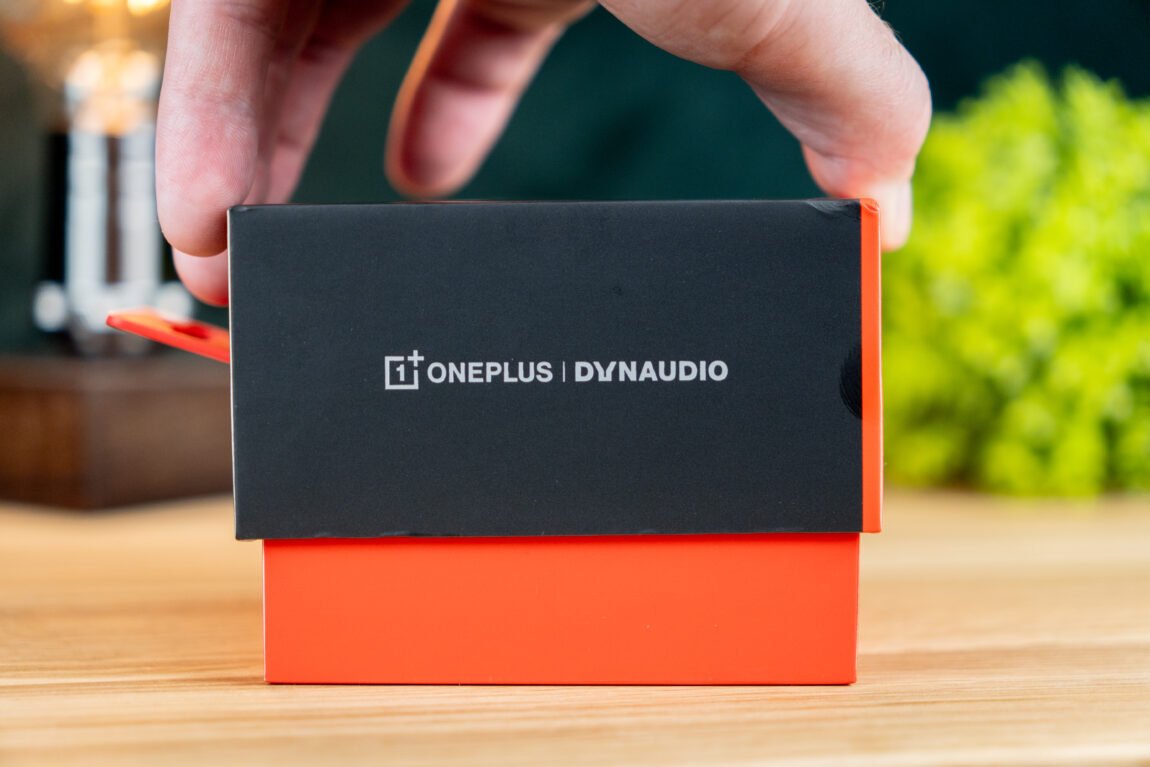In late summer 2024, OnePlus' latest creation was released, aiming to capture the hearts of music fans. It is perfection in music reproduction, impeccable sound and thunderous bass with extraordinary high frequencies, precise construction and special noise cancellation. Interested? Me too.
OnePlus Buds Pro 3
Assessment:
What did we like?
What didn't we like?
Even before receiving this product, I had to wonder what makes it so special. There are so many promises, but often they remain unfulfilled. Dear music lovers, sit back and let's evaluate this little miracle together - the OnePlus Buds Pro 3 headphones.
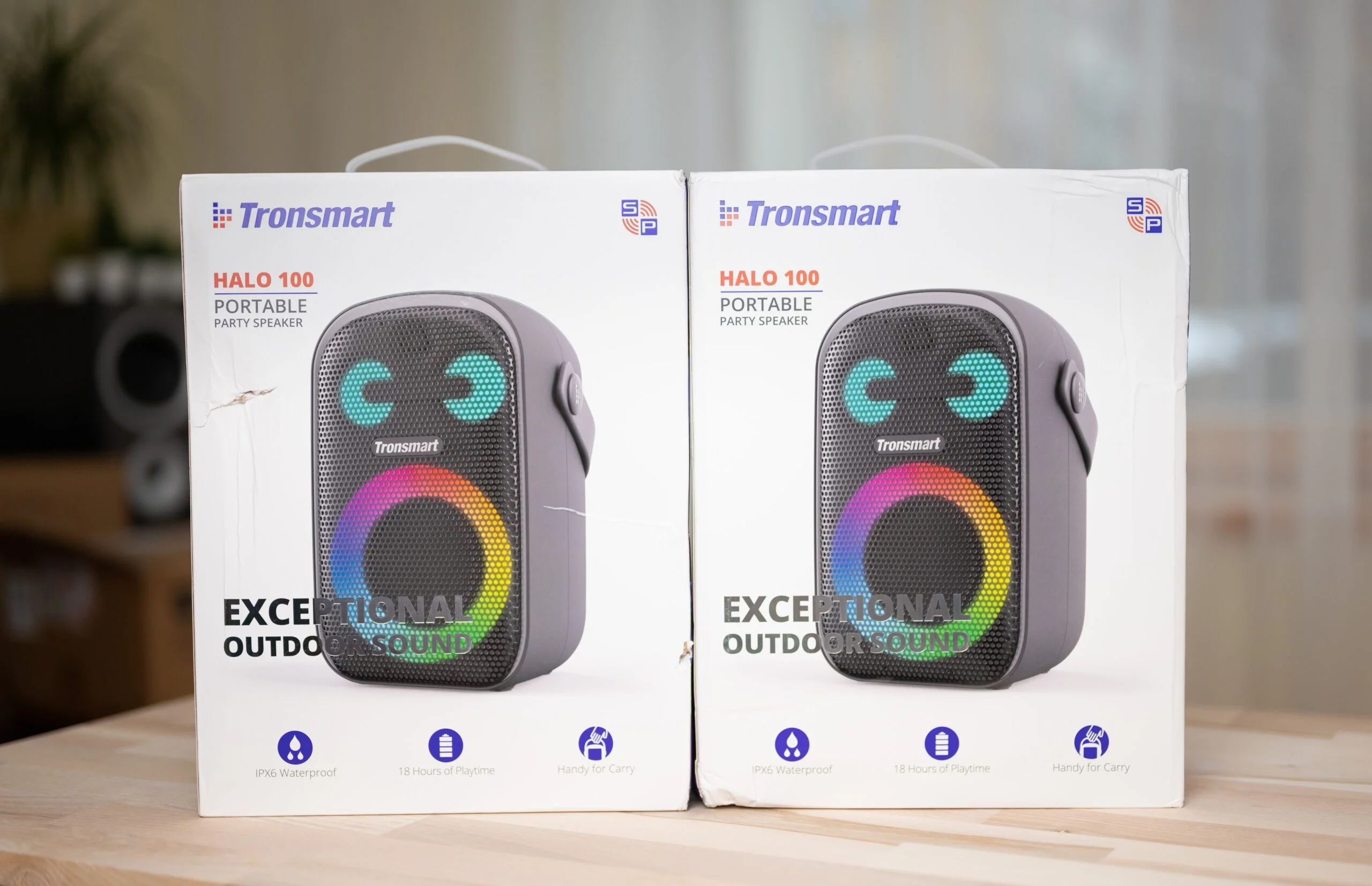
Unboxing
Let's start this review from the very beginning, unpacking. A small sturdy box, with the typical OnePlus color accent - black and red. The contents of the box slide out nicely from the top. Inside are a user manual, headphones with a case, an extremely short charging cable and additional ear tips. Sizes - S, L, XL, and size M is already on the headphones themselves.

Everything is packaged in a quality, smart way, and provides a pleasant unpacking experience. A good start is half the battle, and then a little about the quality of assembly.
Build quality/first impressions
The headphone case is made of hard plastic, with a leather-like pattern on the front and back. This is a good solution, as these areas prevent your fingers from slipping and it is comfortable to hold. The front features a glossy OnePlus inscription, and the plate on the back, which serves as a folding mechanism, marks the collaboration with Dynaudio in the development of these headphones.
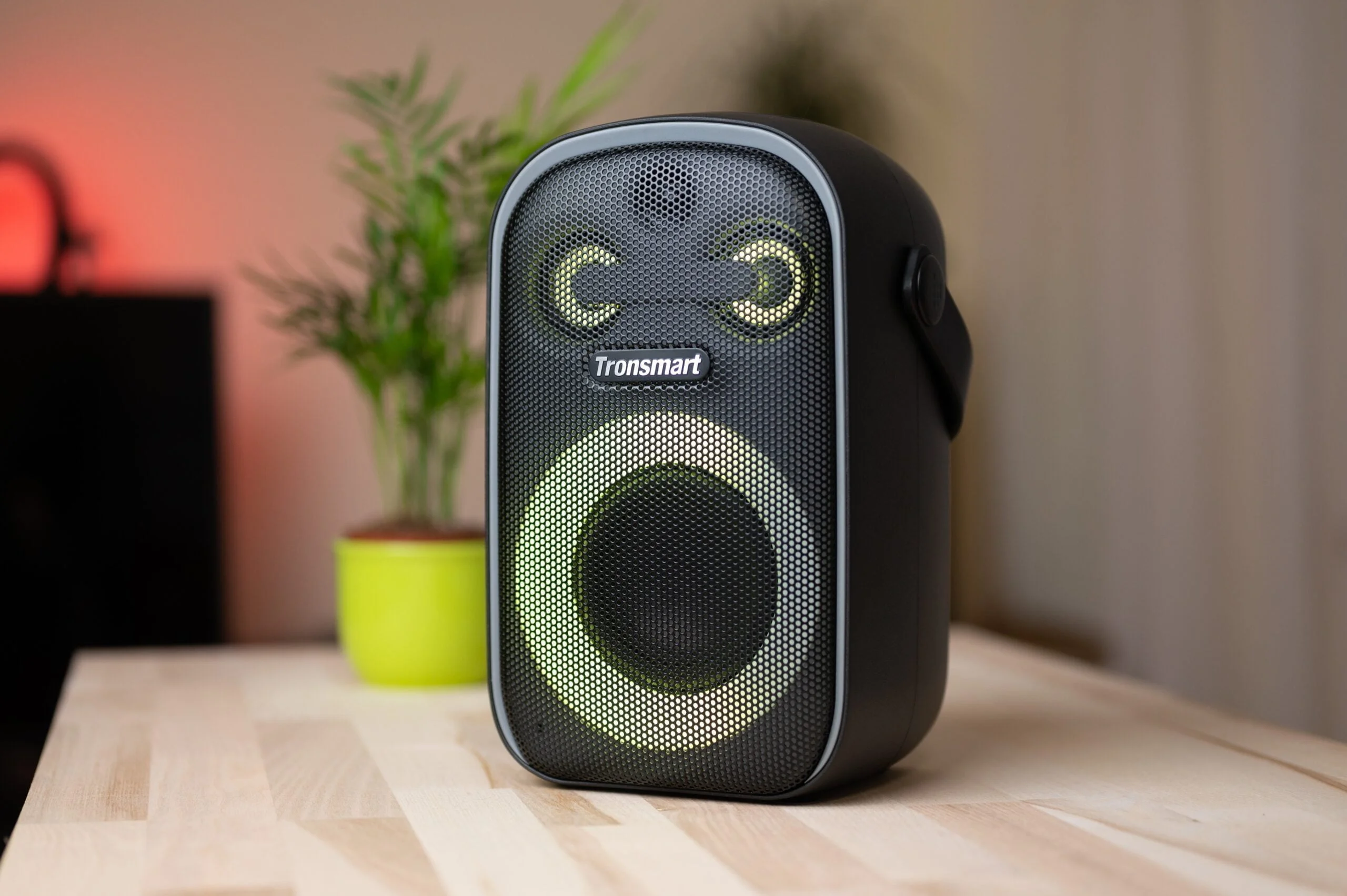
At the bottom of the case is a USB-C charging port with an indicator light, and on the right side is a physical button. In terms of size, this case is not much different from other manufacturers, and I have no complaints about the quality of the assembly. The opening mechanism is pleasant, maintaining the open or closed position. The headphones are inserted into the case almost vertically, and one light between them indicates different states of the headphones (for example, green indicates a high charge level of the case).

As for the headphones themselves, the color of the headphones I received for testing is "Midnight Opus". It is black, with gray elements. The body of the headphones themselves is chrome, with microphones visible on the bottom and side and a corrugated sensor on the front. The part that is inserted into the ears is made of black plastic, with a side indication (L and R). The silicone coating does not have any distinctive features.

I don't like chrome surfaces. First of all, scratches are very easy to see. Second, these surfaces are real fingerprint hunters, with every touch leaving its mark. While the first case did not occur during the test period, the second is visible after every touch. Of course, the headphones are small and you have to try hard to see the prints, so this is just a small minus from an overall high-quality product.

Convenience of use
The size of the silicone tips for in-ear headphones always fits me "out-of-the-box", that is, size M. The same goes for the OnePlus Buds Pro 3, the size fit right away. The shape of these headphones is a bit different than what I'm used to. A fairly large part (black plastic, marked with the letter "half") rests against the cavity of the ear canal, while the silicone part fits into the auditory canal.
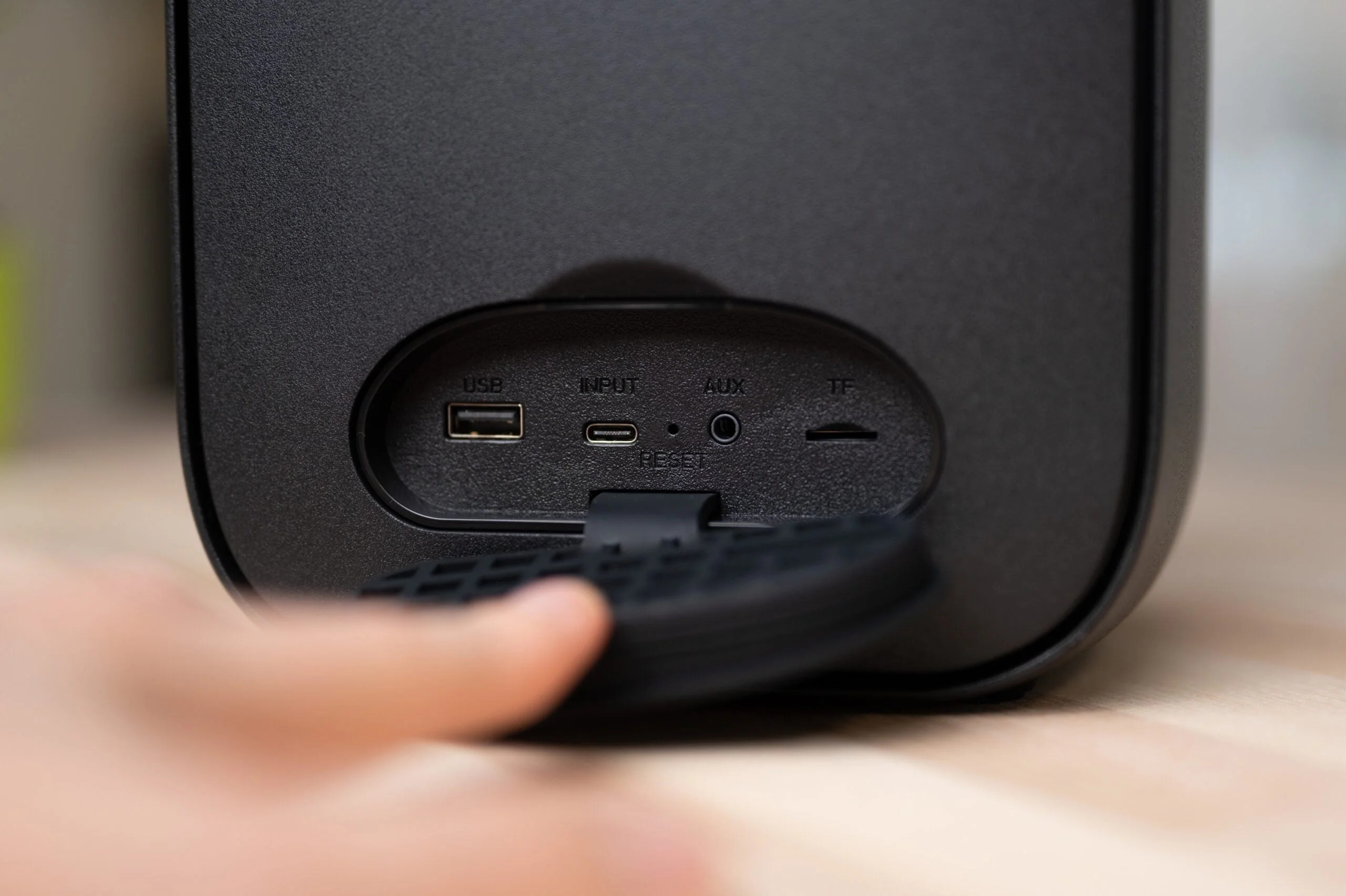
The latter does not create a complete vacuum and extraneous sounds are easily heard without the headphones turned on (tested by changing the S, M and L size tips). It is easy to insert these headphones into the ears and find the right position. They do not cause any feeling of pressure, they also hold firmly and do not move in the ears when walking or running. I did not feel any fatigue when listening for more than an hour.

These headphones also have a sensor that detects whether they are in your ear. Removing one or both of them pauses the music, and putting them back in resumes it. Note - everyone's ears are different, so don't judge the comfort part of this review too highly before you buy. While it may be comfortable and good for some, it may not be for others.

Management
Today, probably all wireless headphones have one or another control. While the cheaper ones have a physical button, others have touch-sensitive zones. The latter are also used in the OnePlus Buds Pro 3. All control is touch-sensitive, and the zones occupy the front (corrugated) and back.

Without changing the settings, the controls are as follows - swiping up or down adjusts the volume, squeezing the front and back corresponds to "play/pause", double-clicking switches to the next song, triple-clicking switches to the previous song, and pressing for 1 second switches from noise cancellation to "transparency" mode.

This control configuration is quite common among all manufacturers, so once you know one, you quickly get used to the other. Also, the configuration can be adjusted via the HeyMelody app, and more on that later. What is unusual (for me) is the location of the sensors. Most often, I have come across headphones with sensors a little higher, and in these headphones, they are practically at the very bottom, on both sides.

In the first few days of use, the location of these sensors seemed inappropriate and inconvenient. To increase the volume, I often had to press pause or move the earpiece. And then, to fix it, I had to turn off the noise cancellation function. I'm glad that all this is just a matter of getting used to it, and it took me a couple of days to get used to this control.
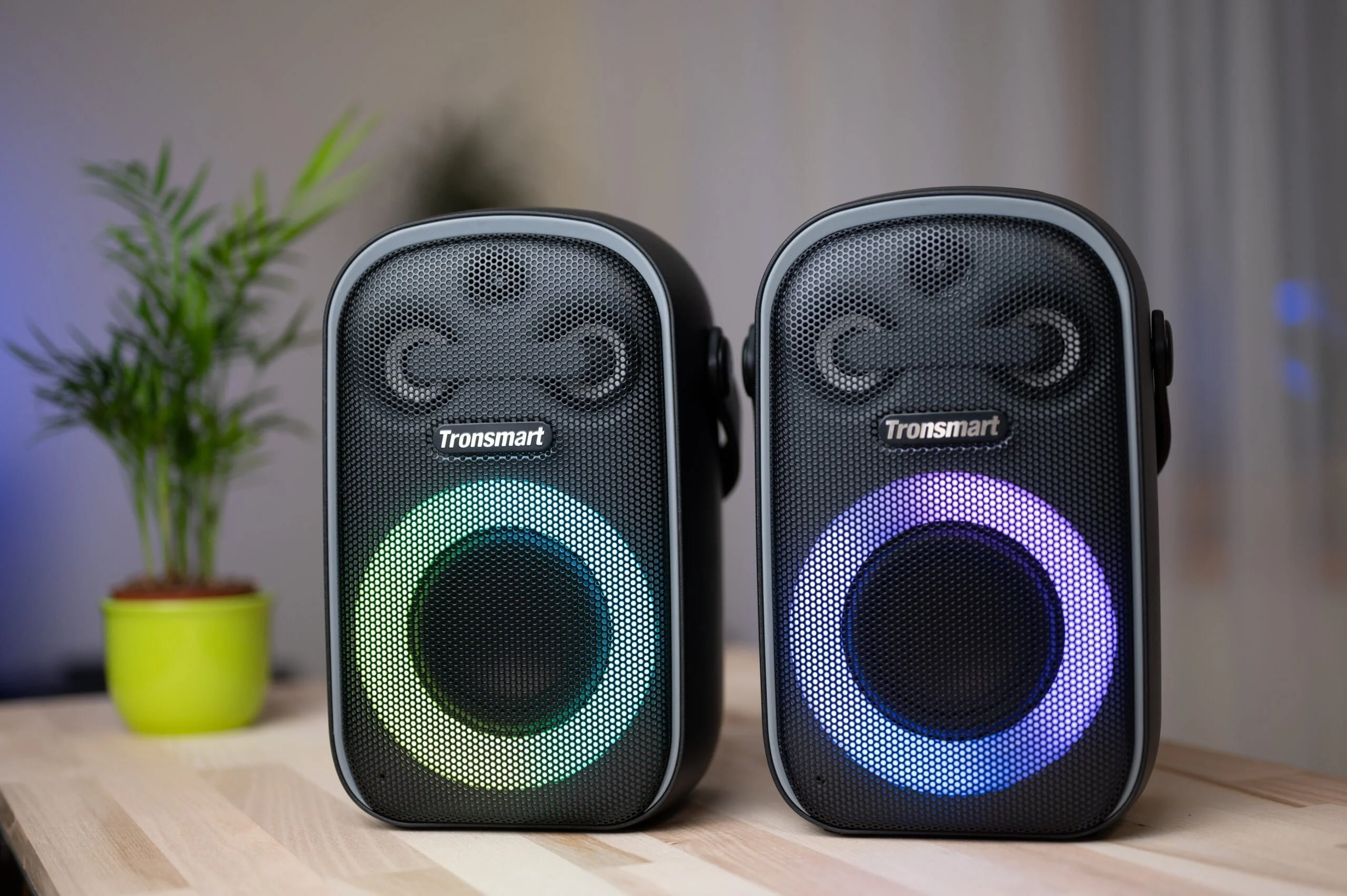
The SoundCore Life P3s I have are controlled by touching the top (where you insert them into your ear). Neither of these touch sensors are perfectly positioned or functional, but I liked the controls better on the OnePlus. Plus, when using them with gloves, the OnePlus is much more precise.

HeyMelody
HeyMelody is an Android and iOS phone app designed to control the OnePlus Buds Pro 3. Connecting was hassle-free, and the controls are intuitive and simple. The first, “device” page shows basic settings and information. At the very top, you can see the battery level of each earbud, and if the earbuds are connected to a phone and in a case, the case’s battery level is also visible.




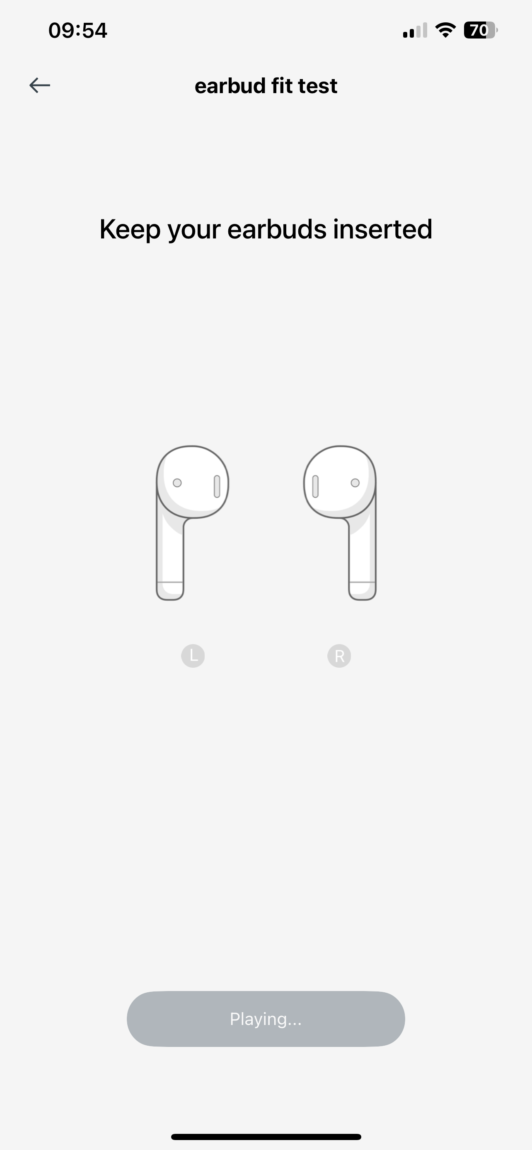

Below are the noise cancellation settings, which basically have 3. These are noise cancellation, no cancellation, or "transparency" (in other words, this is a mode that lets in noise, most often used during a live conversation). Noise cancellation is further divided into 4 levels: high, medium, low, and automatic. The latter automatically selects the cancellation based on the surrounding noise.
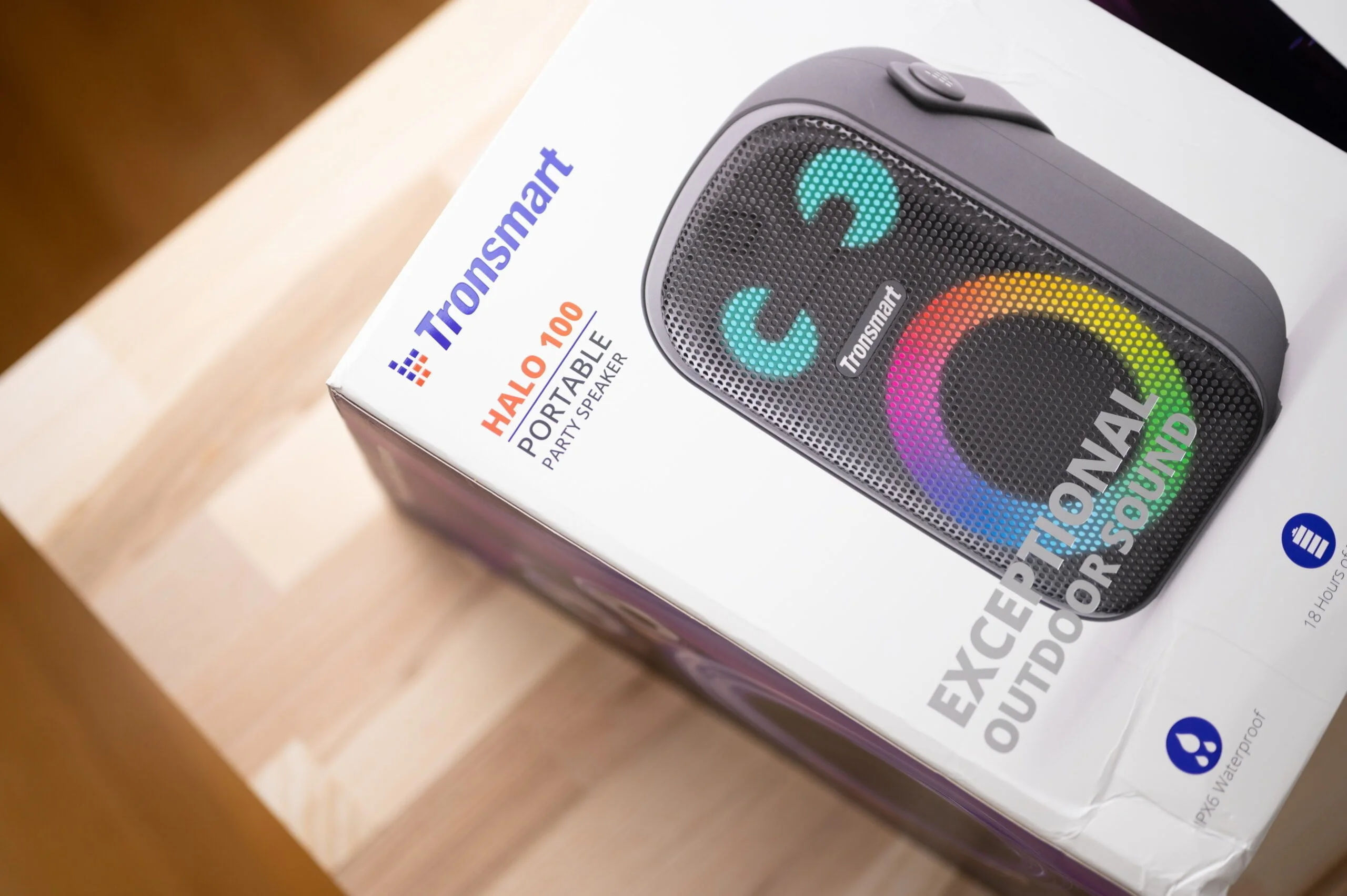
Next are the equalizer settings. They have 5 recommended configurations, including low-frequency or configurations that match the sound of Dynaudio speakers. Additionally, you can adjust the “BassWave”, which allows you to change the low-frequency level for the selected equalizer (-/+ 5 levels). There is also the option to create your own equalizer.
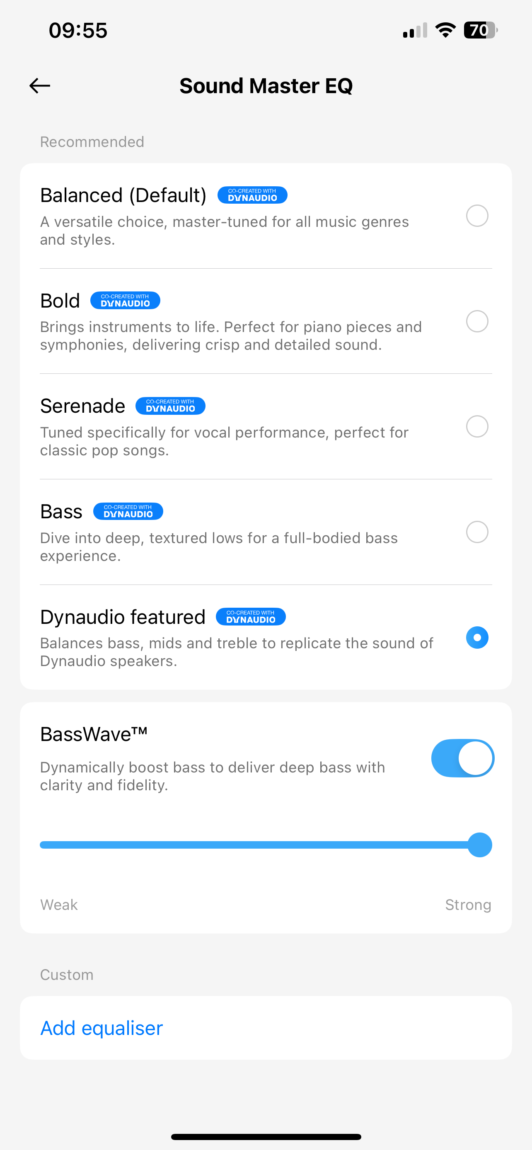
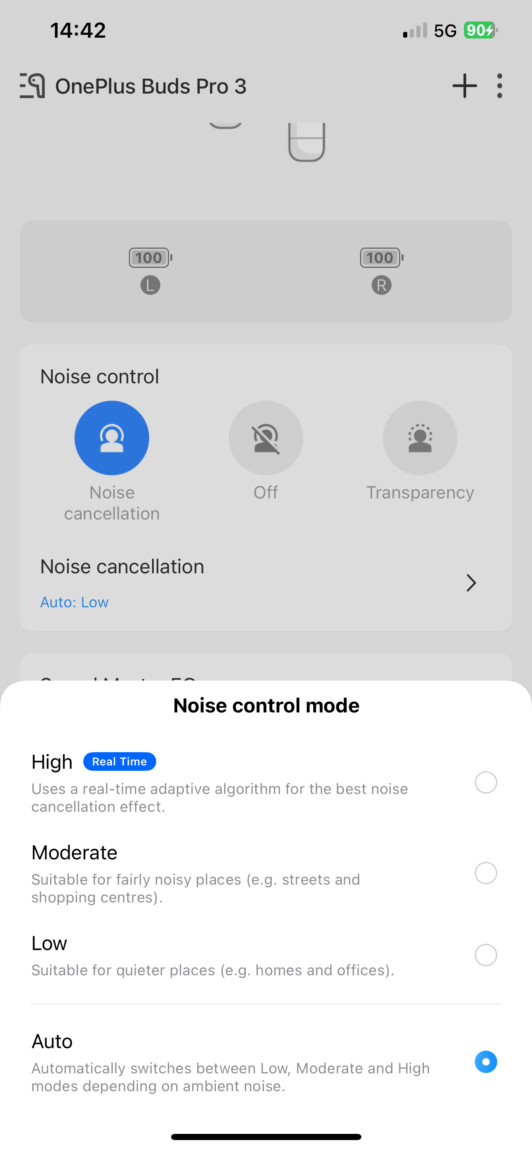
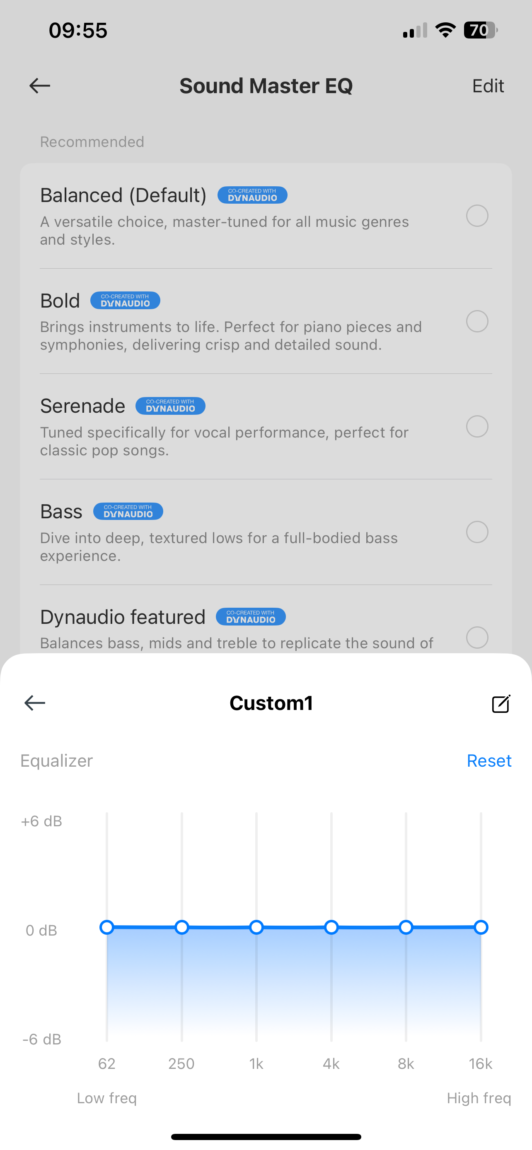
GoldenSound is one of my favorite features. Here you can create a personalized sound. Through a series of tests (you need to mark whether you hear various sounds), an equalizer is created, and the latter has become my favorite after many tests.
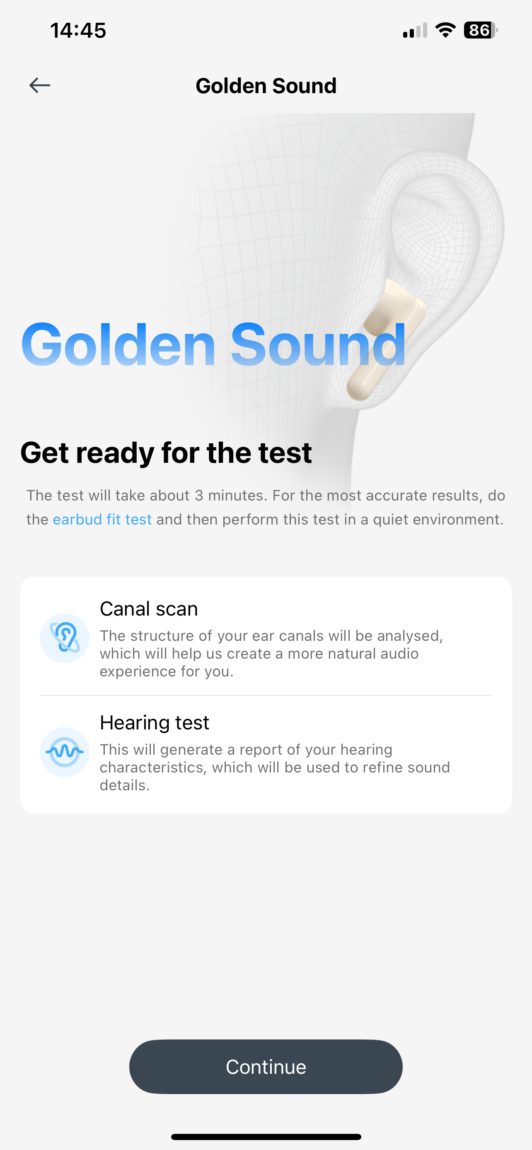
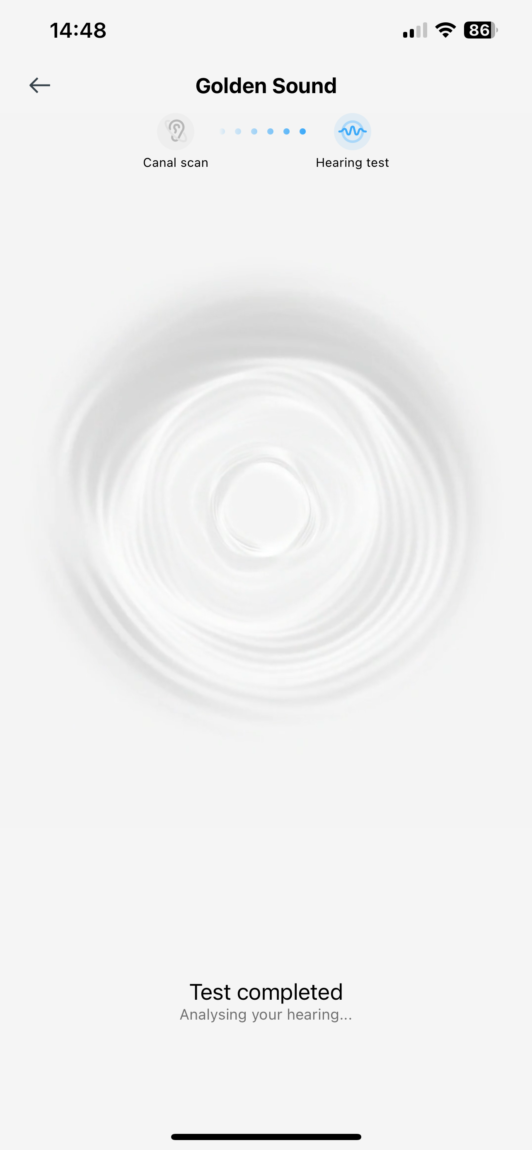


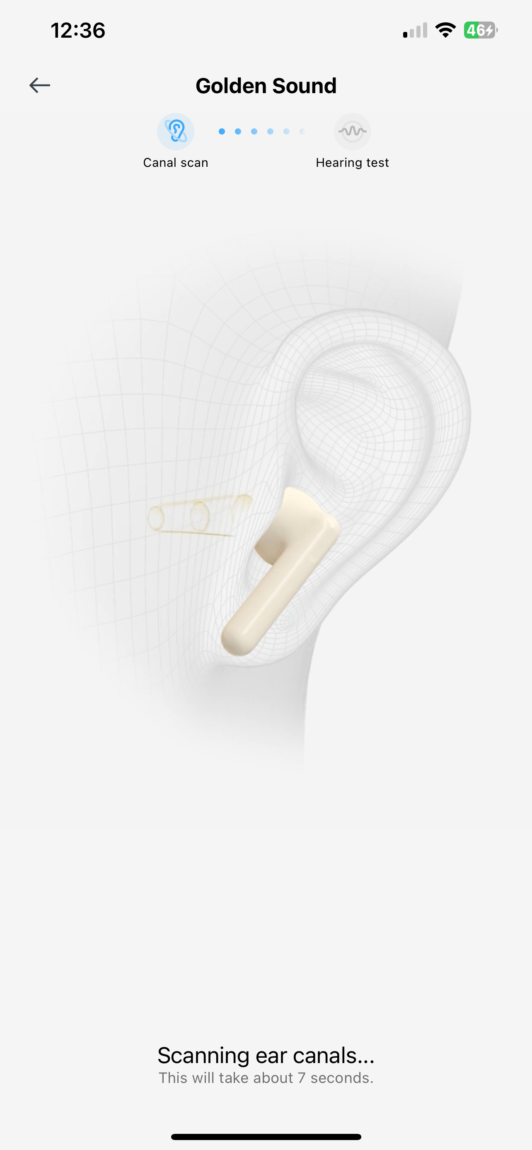


Without going into too much detail, on the first page you will find a few more useful features, such as "dual connection", "spatial audio", "find my earbuds" and "game mode". The first allows you to connect two devices at the same time and is a very useful feature. The second sets the spatial sound and when you turn your head, you can feel the direction of the sound source. The third is suitable for those who often lose their headphones.




When you launch “find my earbuds,” the sound emitted by the earbuds can help you find a lost pair. Finally, the “game mode” feature reduces latency to 94ms (but only works with some OnePlus phones). In reality, I didn’t notice any audio lag when watching movies on my computer, playing games on my tablet, or listening to music on my phone.

The second page, “earbuds controls,” allows you to configure the touch functions of the earbuds. The choices are limited to a pre-existing list, but that’s more than enough. The configurable touch functions are single, double, or triple taps, hold, or swipe. Both the left and right earbud touch can be configured separately.

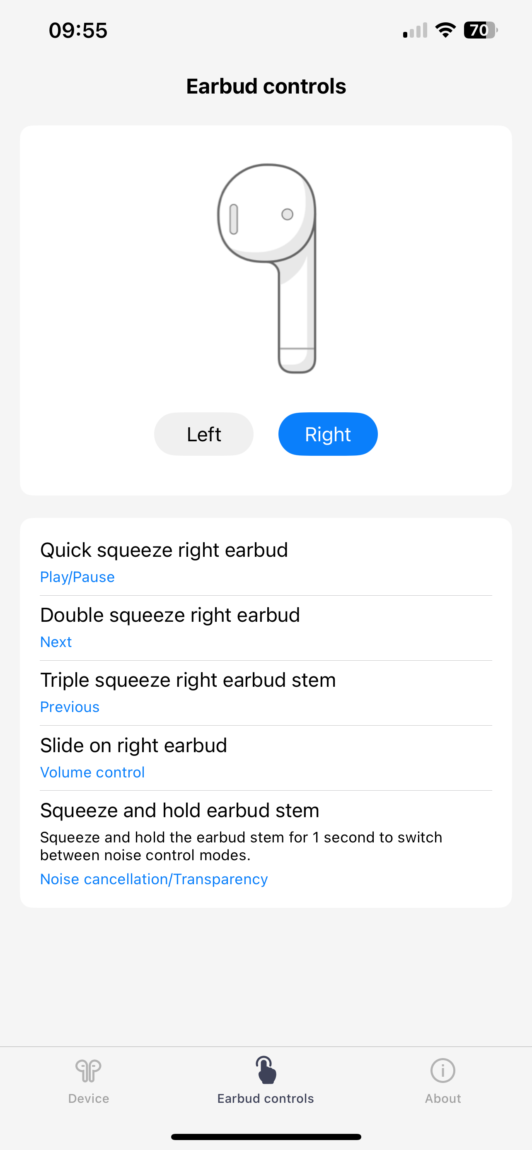
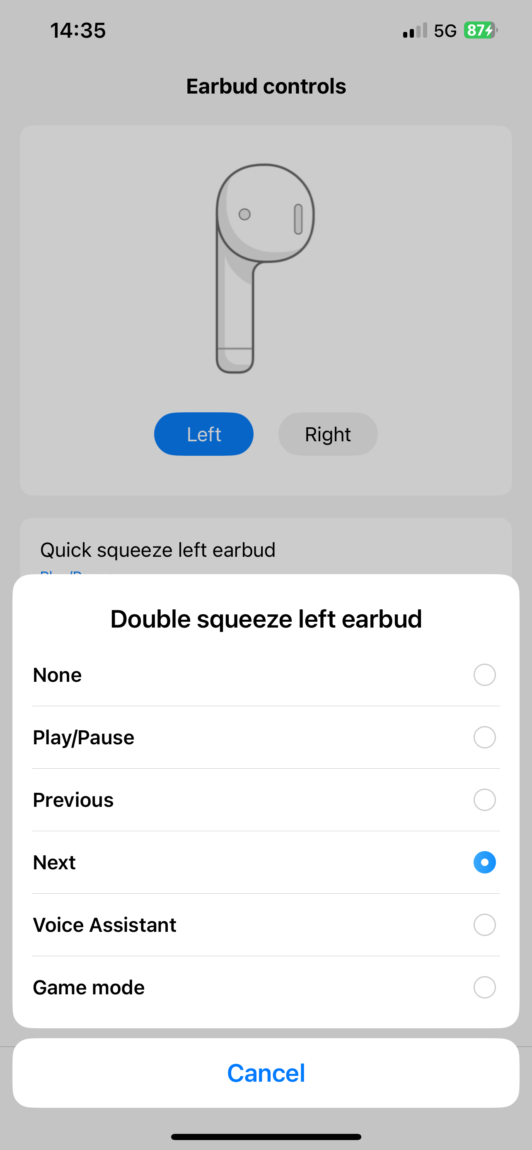
Sound quality
How do these headphones sound? From the very first impression and the first song, the One Plus Buds Pro 3 didn't leave a big impression.. But that's not all. After adjusting the position and switching to another equalizer (GoldenSound is the one I like and use the most), the story is completely different.

The rich bass is well balanced with the highs, and individual instruments are clearly audible. The music sounds lively and clear, but there is definitely a tendency towards richer bass. This may not be to everyone's taste, but as a bass lover, I found these headphones to be perfect.

Active Noise Cancellation (ANC)
As I mentioned, the OnePlus Buds Pro 3 have 3 noise cancellation levels: low, medium, and high. You can choose one of the options or leave it on automatic, with which the level adapts automatically. Regardless of the selected level, the noise cancellation of these headphones is just… average.

Only high levels create a noticeable sense of vacuum. Using headphones to isolate yourself from colleagues' conversations at work (without music) is difficult. Voices that are more than 3 meters away are suppressed, but those that are closer are heard. Everything changes when you play music quietly - all extraneous noise disappears.

When using the automatic attenuation mode, it switches seamlessly. When riding a bus, walking near a busy street, or simply being in a noisy environment, extraneous sounds are usually not heard. Sometimes there is a sound that is missed, e.g. the roar of a car engine, but this is quite rare.

The biggest drawback is dealing with wind. While the rumble created by walking on a windy day is suppressed, when riding a scooter or bike it is missed and the noise is heard constantly. In this area, the cheaper SoundCore Life P3 are better.

The "Transparency" mode also didn't impress me. Although it's possible to talk to someone, the attenuation is still noticeable. It would be much better if these headphones could distinguish between conversation mode, meaning that when you start talking, the headphones would automatically switch to this mode.

Microphone
I've tried many wireless headphones, but none of them have microphones that are worthy of a medal. The same goes for the Buds Pro 3, whose microphone works just fine - I can be heard on a noisy street, in a quiet room, with a hat or hood on my head, and when talking against the wind (the wind is audible to the listener, but no worse than when talking directly on the phone). The transmitted voice sounds somewhat "robotic" in all cases.

Battery
For battery life, I chose a more mundane test. It's not how long the headphones will last out of the case, but how long you can listen to them while charging only in the case, putting the headphones back in after an hour or so. With automatic noise cancellation on, listening at half the volume, I managed to achieve 20 hours and 15 minutes of listening. Personally, this is a great result, and for my needs, I only needed to charge them after a week of use. By the way, in addition to USB-C charging, these headphones can also be charged wirelessly (via the case).

What we didn't like?
Sometimes you have to deal with products with small flaws, and listing them becomes more of a hunt for personal reproaches. Here, the same story - the flaws are small. One of them is the connection with two devices at once. While the connection with the first one occurs instantly, with the second one sometimes not.

I use my phone and computer every day, and I connect these headphones to both devices. My computer is my second device, and quite often the connection simply fails, so I have to forget the headphones from the list of devices and add them again. It is likely that this is just a software problem and with a software update, it could be resolved.

Secondly, it's the touch control of the headphones. Although I've gotten used to it myself, I believe that people with longer hair may find it uncomfortable to increase the volume by swiping across the headphone body. The swipe sensor itself could be physically moved a bit further outward.

Verdict
The OnePlus Buds Pro 3 are great headphones that are best suited for those who love low frequencies. Supporting the LHDC 5.0 codec, these are my first wireless headphones that always make me feel like I'm at a concert.

Those looking for perfect noise cancellation should look elsewhere, as should those looking for impeccable cleanliness - these headphones are fingerprint magnets. For the price, this is a great option for everyone.




